How to connect a washing machine to electricity if there is no grounding
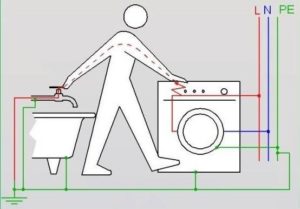 Connecting large household appliances to the electrical network must be done correctly. Powerful energy consumers, which include washing machines, are connected to electrical communications that are grounded. However, in most apartments, not to mention private houses, there is no grounding at all, or it is done poorly. Let's figure out how to connect a washing machine to electricity in accordance with all the rules and regulations?
Connecting large household appliances to the electrical network must be done correctly. Powerful energy consumers, which include washing machines, are connected to electrical communications that are grounded. However, in most apartments, not to mention private houses, there is no grounding at all, or it is done poorly. Let's figure out how to connect a washing machine to electricity in accordance with all the rules and regulations?
Why is this necessary?
When purchasing and further connecting the washing machine, you must take care of the safe operation of the unit. If the machine is installed incorrectly, there is a high probability of receiving an electric shock even if you lightly touch the body. Also, connecting to an electrical network without grounding can lead to failure of the SMA electronics, which will be quite difficult to repair.
What you should pay attention to? Modern automatic machines are designed to be connected to a three-wire electrical network, which has not only a phase and neutral wire, but also a grounding contact. In old houses, the wiring is two-wire, including only zero and phase.
Washing machines are equipped with a surge protector, its purpose is to eliminate unwanted surges in electrical current exceeding 50 Hz. This filter is directly connected to the washing machine body. If you connect the machine to the network in an apartment with two-phase wiring, then a residual current of 110 Volts will appear on the walls of the automatic machine, which has a surge protector.And if you consider that machines are usually installed in a bathroom or bathroom, that is, rooms with high humidity, the likelihood of receiving an electric shock only increases.
It is precisely because of these circumstances that grounding is simply necessary. Let’s figure out how to organize it, thereby ensuring the safety of using the washing machine.
We are looking for a connection option
In old houses equipped with outdated electrical communications, there are several ways to organize the grounding of an automatic machine. So, the main options for grounding the unit:
- preparation of a separate electrical point connected to the electrical panel with grounding;
- RCD connection;
- connecting the machine body to house utilities or heating radiators;
- organization of a potential equalization system for household appliances;
- development of a personal grounding loop (relevant for private homes).
The method that involves connecting the ground wire to a water or sewer pipe is very effective, but has several significant drawbacks. Firstly, this can lead to rapid wear of the pipe, emergency leakage, and, as a result, flooding of the neighbors below. The same fate awaits heating radiators. Secondly, this method is prohibited by electrical safety rules, so it is better not to use it in practice.
Connecting to the power supply correctly
An excellent option would be to connect to the electrical panel available in every high-rise building. If there is no grounding, bringing out a separate three-wire wire from the distribution board specifically for the washing machine will be an excellent solution.You need to route the cable carefully and competently, connecting the cores to the corresponding busbars, because if you mix up the contacts, you can cause a short circuit. Another, easier, but less safe and aesthetic way is to remove the copper cable from the grounding conductor and attach it to the washer body.
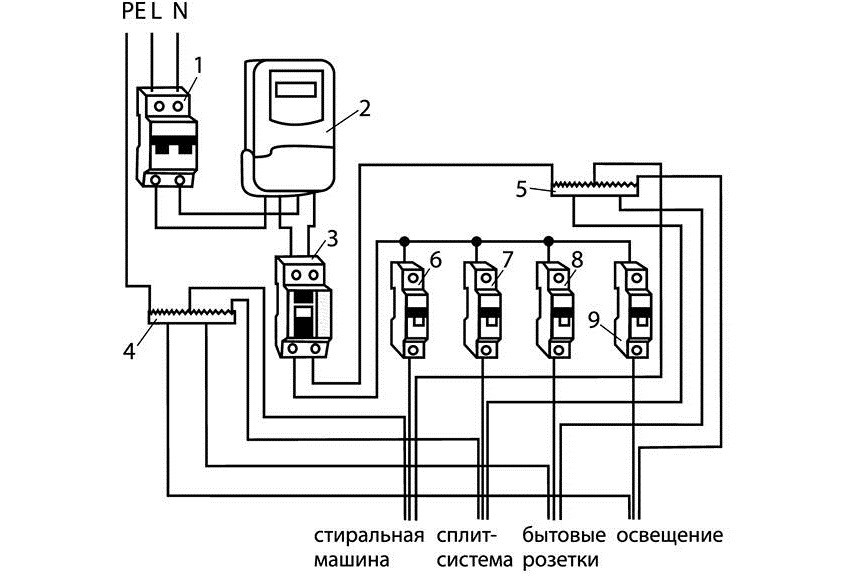
The next correct way to organize grounding when connecting an automatic machine is to install a residual current device. The operating principle of the RCD is to detect current leakage and quickly activate the circuit breaker. Thanks to the operation of the RCD, the user will be protected from electric shock in the event of an emergency. In other words, the protective device reads voltage changes in the phase and neutral wires and leads to automatic shutdown of the section of the protected electrical network.
Connecting an RCD and a circuit breaker is the most effective and reliable method of all those proposed, and fully complies with electrical safety requirements.
The action of the potential equalization system being created will be as follows: all household appliances that have a metal body are connected to each other by conductive devices. This results in an even distribution of potential between devices and minimizes the risk of electric shock to users. This scheme is primitive, so you can build it on your own.
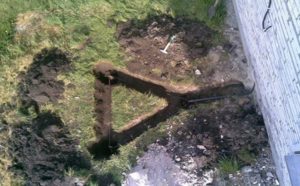 It will be a little more difficult to install a washing machine in a private house equipped with two-wire wiring without grounding. Here you need to ground both the washing machine and the entire building. To do this, you will have to build your own circuit, connect a grounding cable to it and throw it to the electrical distribution panel. How to do it?
It will be a little more difficult to install a washing machine in a private house equipped with two-wire wiring without grounding. Here you need to ground both the washing machine and the entire building. To do this, you will have to build your own circuit, connect a grounding cable to it and throw it to the electrical distribution panel. How to do it?
Near the wall of the house, it is necessary to dig a recess in the form of a triangle, having identical sides at least 3 meters long and approximately 0.5 m deep. One vertex should look directly into the wall of the building. Metal rods three meters high are driven into the ground at all three vertices of the triangle. The pins are connected with metal wire. From the formed circuit, dig a small ditch for the grounding cable and connect the wire to the electrical panel. After this, the structure is covered with soil. This is the best way to organize grounding in a private house.
Interesting:
Reader comments
- Share your opinion - leave a comment

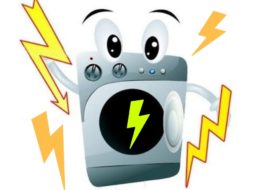
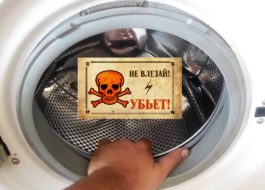
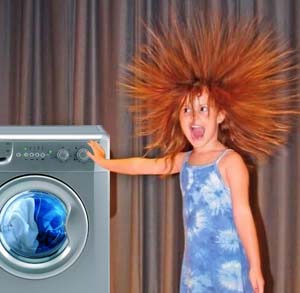
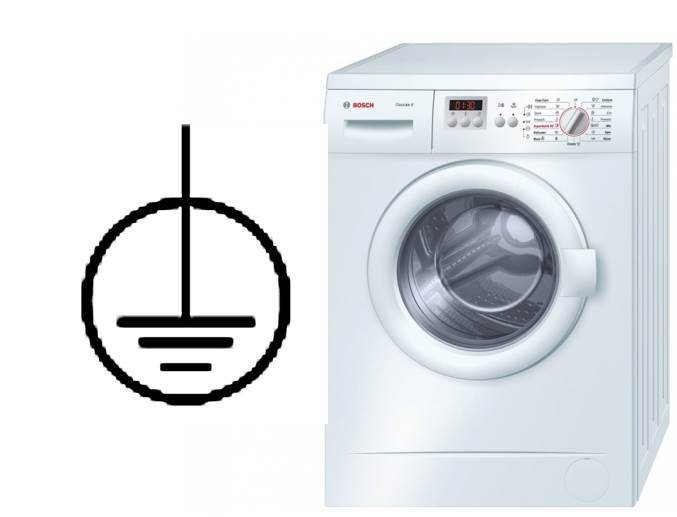

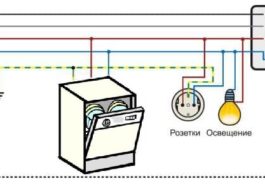














Add a comment